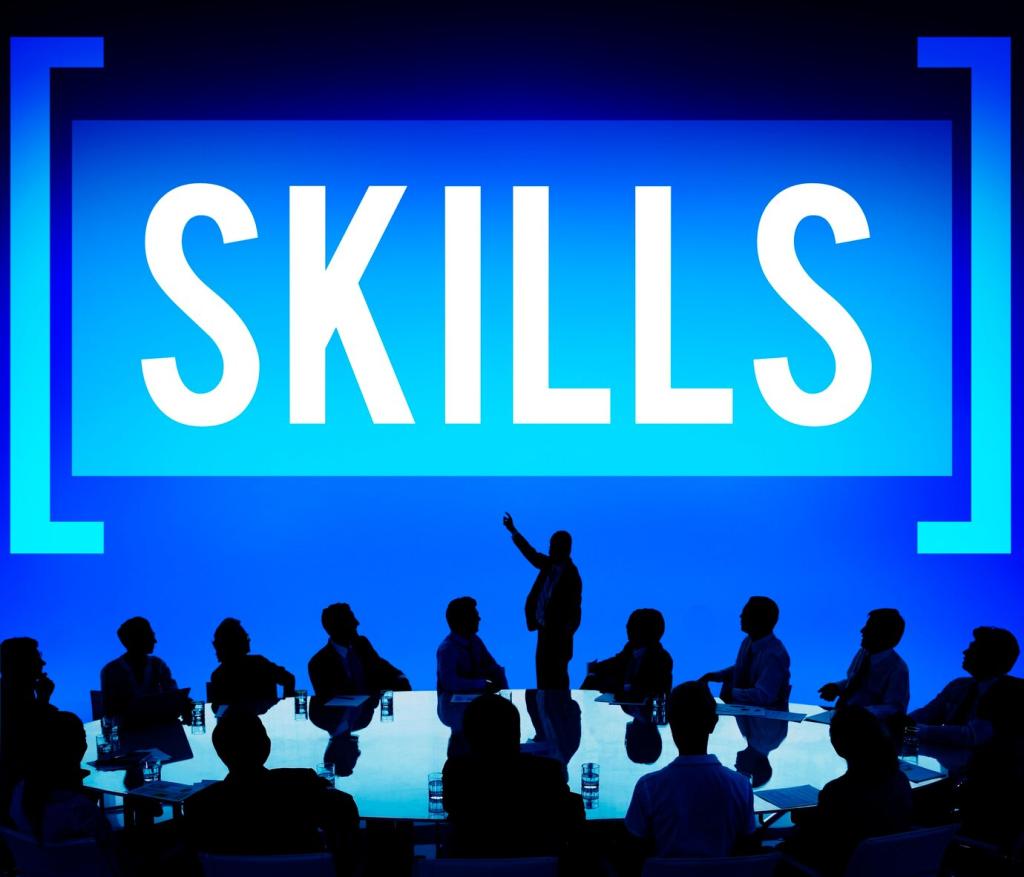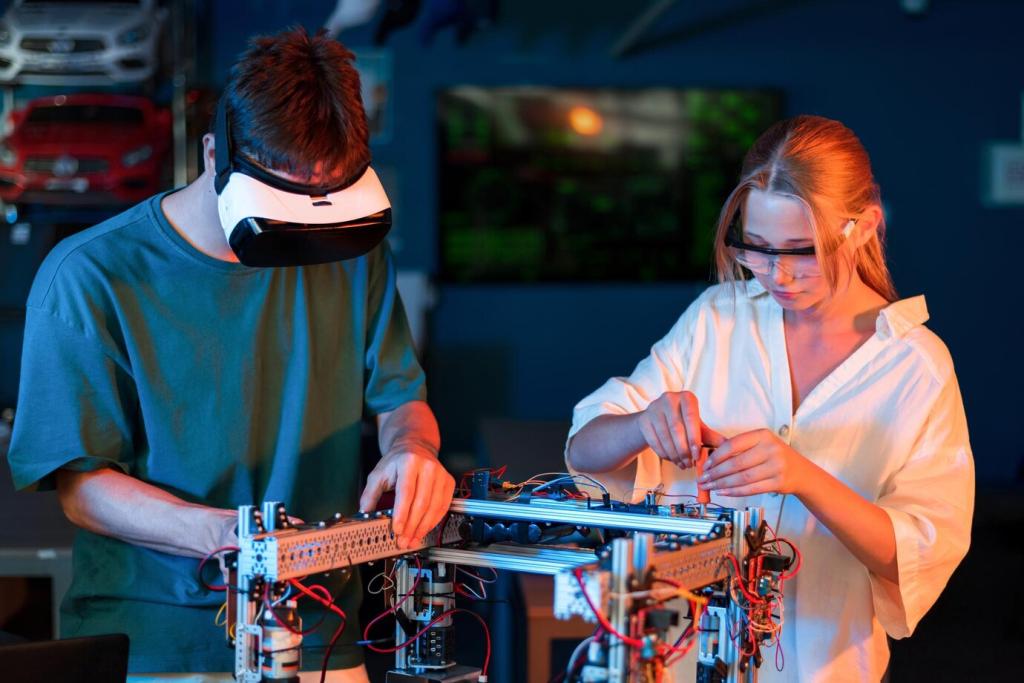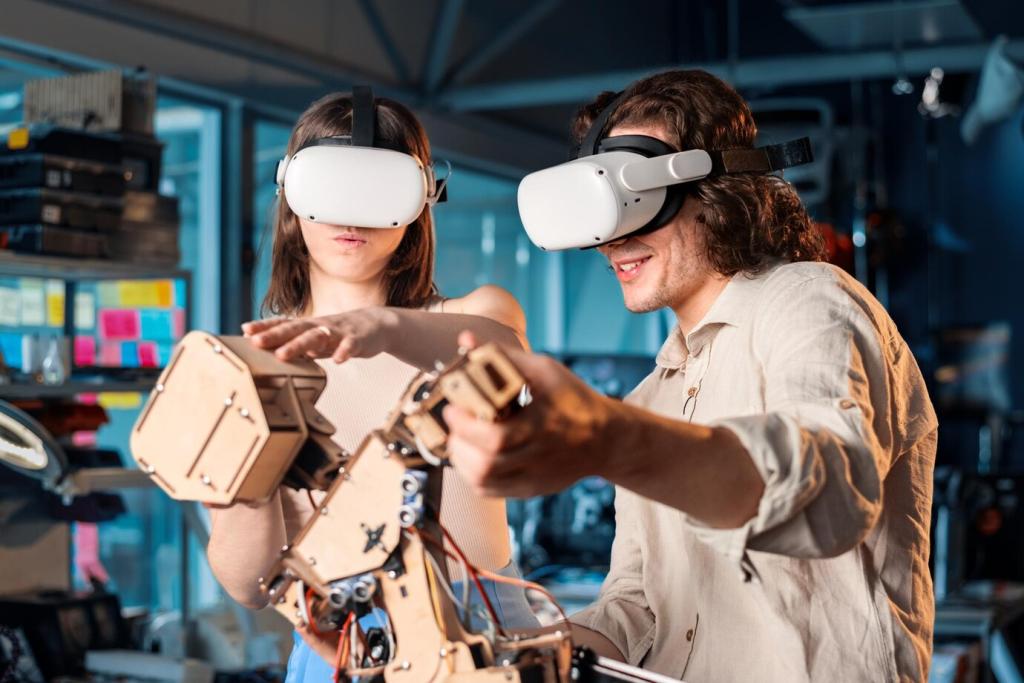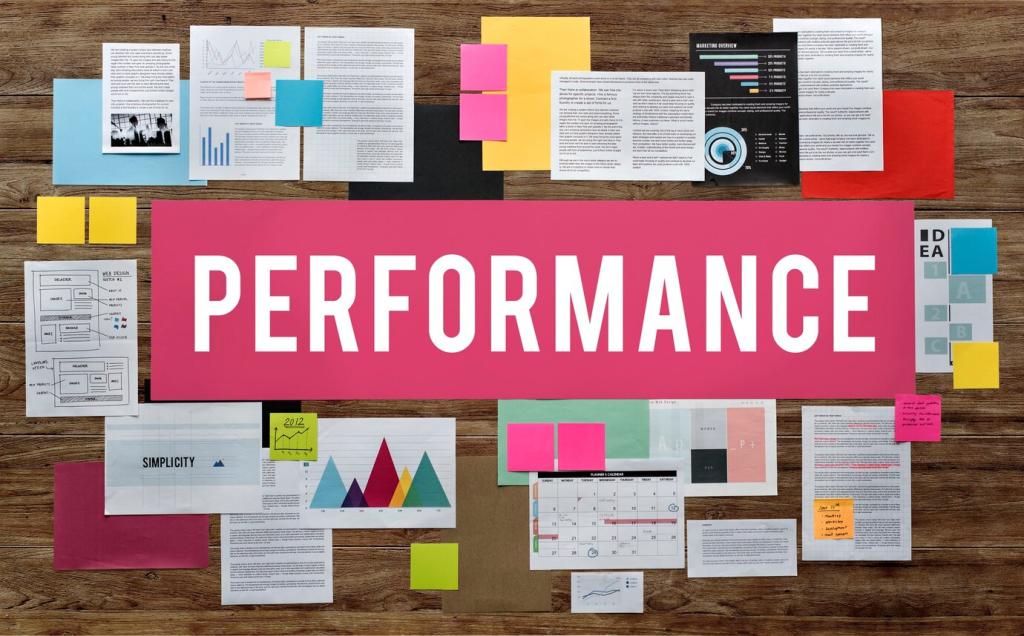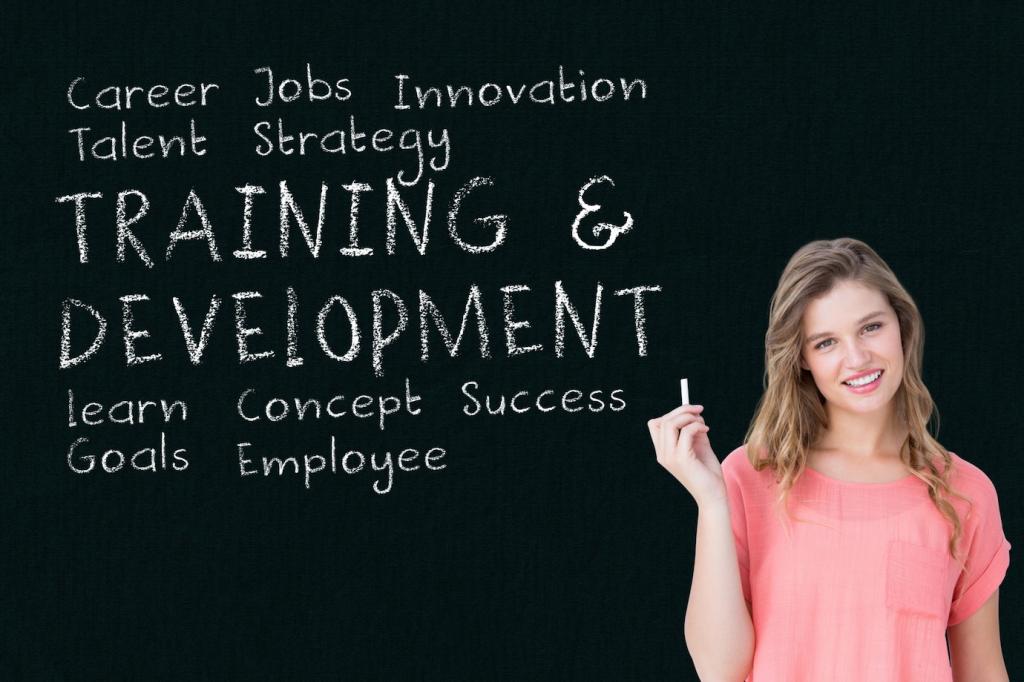Core Skills Practiced in Interactive Workshops
Participants practice paraphrasing, checking assumptions, and validating emotions without conceding on substance. The exercise ends only when the speaker agrees the listener captured both facts and feelings, creating genuine understanding before solutions are proposed.
Core Skills Practiced in Interactive Workshops
We teach a simple move: translate rigid demands into underlying needs. Rather than arguing over deadlines, name the need for predictability or quality. This shift opens multiple options and helps teams collaborate on outcomes that meet shared interests.


